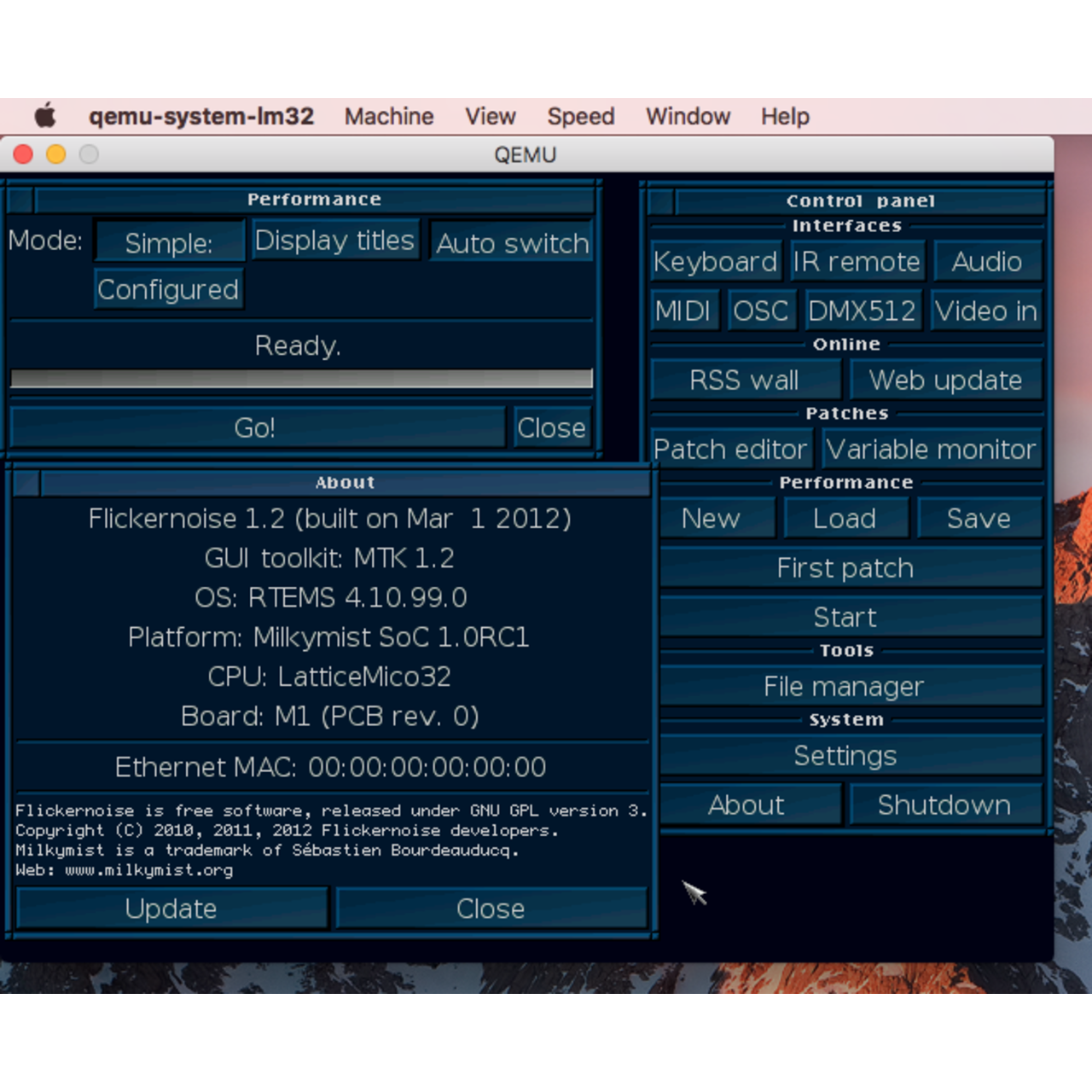
If you want to keep your development environment on your host machine but use You can boot the VM to use a kernel image in the file system of the host If you want to go back to the guest console again, press Ctrl+a c enter. If you want to go back to the VM monitor console, which you have seen beforeĬonnecting the QEMU executed terminal to the VM’s console, press Ctrl+a c. GRUB_TIMEOUT_STYLE=hidden, give none-zero value to GRUB_TIMEOUT=, andįinally, commit the change by: $ sudo update-grubĪfter this, if you start the VM again using the QEMU command, the terminal youĮxecuted the QEMU command will be connected with the console of the VM and will You may also want to show GRUB when boot. "console=ttyS0 earlyprintk=ttyS0 ftrace_dump_on_oops".

Modify the /etc/default/grub file’s GRUB_CMDLINE_LINUX_DEFAULT to have Let’s connect the VM’s console to the QEMU executing terminal. You can ssh to the VM via the port, 2242. net user,hostfwd=tcp::2242-:22 -net nic -nographicīecause of the -nographic option, it will not give you GUI interface but Now, you can boot your Ubuntu VM as below: $ sudo. This post will use ssh to connect to the VM. The VM will be booted with the Ubuntu server install image, as same as when youĪs usual, proceed the install of the Ubuntu server on the VM.

If your session is connected with X, above command opens QEMU GUI for the drive if=virtio,file=qc2img,cache=none \ rw-rw-r- 1 sjpark sjpark 848M Feb 16 05:37 ubuntu-18.04.3-live-server-amd64.isoĪnd, boot QEMU VM with the install image: $ sudo. rw-r-r- 1 sjpark sjpark 193K Jun 1 20:34 qc2img ĭrwxrwxr-x 94 sjpark sjpark 12K Jun 1 20:19 bin bin/qemu-img create -f qcow2 qc2img 32Gįormatting 'qc2img', fmt=qcow2 size=34359738368 encryption=off cluster_size=65536 lazy_refcounts=off refcount_bits=16ĭrwxrwxr-x 3 sjpark sjpark 4.0K Jun 1 20:34. Get an Ubuntu server install image: $ wget /qemu/configure -enable-debug -enable-gtk QEMU Build sudo apt install libglib2.0-dev libfdt-dev libpixman-1-dev zlib1g-dev \

The test has proceeded on an Ubuntu 18.04 server machine. This post describes how you can build, install, and use QEMU on an Ubuntu


 0 kommentar(er)
0 kommentar(er)
